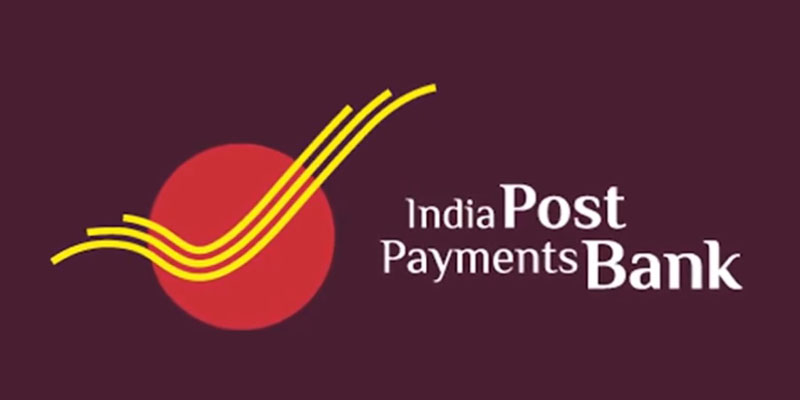- India
- Nov 04
What is the role of India Post Payments Bank (IPPB)?
• India Post Payments Bank (IPPB) will provide doorstep digital life certificate services to EPFO pensioners under a Memorandum of Understanding (MoU) signed between the two organisations on November 3.
• Under this collaboration, India Post Payments Bank (IPPB) will leverage its wide network of over 1.65 lakh post offices and 3 lakh postal service providers (Postmen and Gramin Dak Sevaks) equipped with doorstep banking devices that are used for digital process of face authentication technology and fingerprint biometric authentication to assist EPFO pensioners in submitting their Digital Life Certificates.
• The Digital Life Certificate (DLC), also known as Jeevan Praman, helps pensioners verify themselves online instead of coming to the office physically for verification every year.
• It eliminates the need for them to visit bank branches or EPFO offices to submit traditional paper-based certificates.
• IPPB had introduced the doorstep service of Digital Life Certificate in 2020 for generating Jeevan Pramaan for pensioners using Aadhaar enabled biometric authentication to reduce the turnaround time for issuance of JeevanPramaan.
India Post Payments Bank (IPPB)
• India Post Payments Bank (IPPB) was set up under the department of post with 100 per cent equity owned by the government of India.
• It was first started as a pilot project on January 30, 2017 in Ranchi (Jharkhand) and Raipur (Chhattisgarh).
• IPPB was launched on September 1, 2018. It has expanded its strength across the country covering Post Offices, through a network of 650 IPPB branches/controlling offices, working on a hub and spoke model.
• The bank has been set up with the vision to build the most accessible, affordable and trusted bank for the common man in India.
• IPPB aims to provide every household in India an access to efficient banking services and enable them to become financially secure and empowered.
• The fundamental mandate of IPPB is to remove barriers for the unbanked and under-banked and reach the last mile leveraging a network comprising over 165,000 Post Offices (140,000 in rural areas) and over 3 lakh postal employees.
• IPPB’s reach and its operating model is built on the key pillars of India Stack — enabling paperless, cashless and presence-less banking in a simple and secure manner at the customers’ doorsteps, through a CBS-integrated smartphone and biometric device.
• With a high focus on ease of banking for the masses, IPPB delivers simple and affordable banking solutions through intuitive interfaces available in many languages.
• IPPB delivers simple and affordable banking solutions through intuitive interfaces available in 13 languages to 11 crore customers across 5.57 lakh villages and towns in India.
• IPPB is committed to provide a fillip to a less cash economy and contribute to the vision of Digital India.
• Postmen & Gramin Dak Sevaks (GDS) have been provided the right training, technology and the devices, to convert them from just postal service providers to mobile bankers who are fully capable of providing doorstep banking services to the customers of IPPB as well as of other banks, who find accessing their banks difficult.
• The enablement of Post Offices to provide banking services has reduced the average ‘distance to a rural banking service point’ from 5-6 km (rural bank branch infrastructure) to 2.5 km (average distance to a Post Office).

